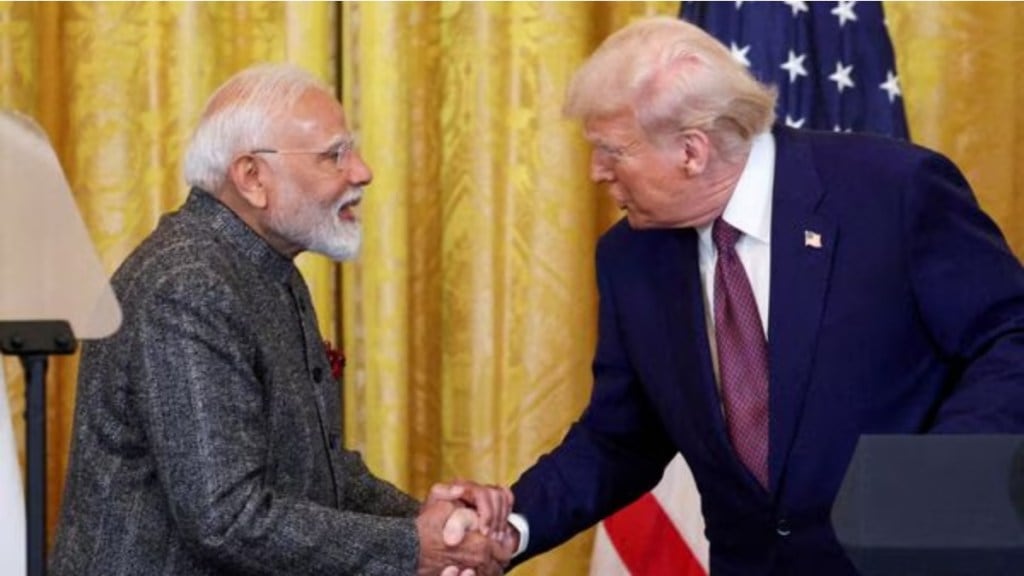India and the United States have just concluded a week-long round of negotiations aimed at finalising an interim trade agreement. This deal is being closely watched as it could allow India to avoid a new round of steep reciprocal tariffs, set to take effect from 1 August.
Despite repeated assurances from US President Donald Trump that a deal is “close”, unresolved issues, particularly concerning agriculture and automobiles, are preventing a final agreement.
Agricultural access becomes flashpoint
A key point of contention in the talks is the United States’ demand for broader agricultural access to Indian markets. Washington is seeking entry for genetically modified (GM) crops such as soya and corn, as well as more extensive access across other farming sectors. However, Indian farmer groups, led by the Indian Coordination Committee of Farmers Movements (ICCFM), have pushed back firmly. They argue that allowing GM products would severely impact domestic agriculture and hurt the livelihoods of Indian farmers.
With general elections on the horizon, the Indian government is also wary of upsetting rural constituencies and has so far resisted including agriculture in the interim pact.
Automobile tariffs add to friction
Trade tensions are also running high over US tariffs on automobile imports. The Trump administration has levied a 25% duty on passenger vehicles and select components from India since May, further straining negotiations. India has warned that these measures could impact exports worth nearly $2.89 billion and has called for relief. However, the US maintains that these tariffs are justified under national security exemptions, leaving little room for compromise.
While India has explored the option of retaliatory tariffs, the US has dismissed India’s stance as legally baseless in submissions to the World Trade Organization (WTO).
India responded by challenging the legitimacy of these measures, particularly as they now include tariffs on automobiles. But the US has argued that these are national security measures and cannot be challenged under WTO rules.
Trump tariff deadline
The tariff dispute is playing out simultaneously at the WTO. The US imposed safeguard duties of 25% on steel and 10% on aluminium back in 2018, later modifying them in 2025. These duties have reportedly affected Indian exports worth $7.6 billion and led to additional US revenue of nearly $3.82 billion.
Trump has publicly indicated that the US may offer India tariff rates below 20% in some sectors, but the clock is ticking. With the August 1 deadline fast approaching and punitive tariffs of up to 26% on the horizon, negotiators face increasing pressure to secure at least an interim agreement.
Sources suggest that agriculture and dairy may be excluded from the immediate deal in order to break the impasse. Indian officials, meanwhile, remain focused on achieving a full bilateral trade agreement by year-end.

